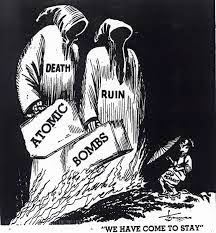Written as a prologue for James Agee’s
prize winning work “A Death in the Family”, “Knoxville: Summer of 1915” is a surprisingly
serene and peaceful piece. Though written in 1938, on the eve of the famous and
devastating Second World War, the family portrayed by Agee is still living in
the summer of 1915, enjoying the sunshine, the flowers, and the natural scenery
of American South.
James Agee himself, perhaps, was never
really a man of worries. Graduated from Harvard University, Agee always found
jobs when he needed it, including offers from the famous Time magazine. Ironically, his piece, now universally acceptable to
all type of audiences to read, at that time probably was mainly for white and
literate readers, sadly leaving a tint of racial inequality in such peaceful
work of art. His intention toward the piece, however, was never infiltrated by
racial prejudice. Instead, the piece contrasts between the void and beauty of
life, giving the readers a sense of emptiness mixed with appreciation.
With a mixture of poetic narration and
imageries, Agee gives the reader a picture of life in its most indelible form. Descriptions
of how hoses in the garden “turned to the size and style of stream as any
violin” (Oates 172), how “sleep, soft smiling, draws children unto her” (Oates
175), and how “[homes] but will not, oh will not, not now, not ever; but will
not ever tell people who they are” (Oates 175) instantly gives readers a poetic
first impression of life, then a contrasting second impression toward living.
The alliteration and harmonizing syntax Agee chooses to use simply is a sign of
brilliancy, drawing readers into the poetic world with the prose as a bridge.
In addition, the contrasting impressions the poetic sentences build upon the
reader, the sense of musical, even ethereal beauty, juxtaposed with a sense of
uncertainty, of ambivalence, almost pushes the readers off the cliff named “life”
and forces them to experience both the beauty and void, both the exciting and
boring----in essence, the common, banal, and every day, aspects of life.
And life in its most natural form is
presented.





